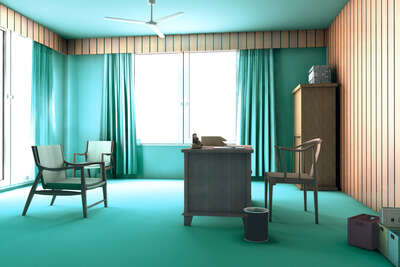
from $ 1,199 member
What is Mid-Century Modern? If you are a design aficionado, you have probably heard of the Mid-Century Modern style. This refers to the style in art and design of the post-war period. What is it that makes up the design, furnishings, and art of those years, and why is Mid-Century Modern still so in demand? Find out more about the style, and shop our selection of curated artworks in the Mid-Century Modern style!

Mid Century Modern refers to the architectural, design, and graphic trends from the mid-20th century. Some definitions date this style already to the years of the Bauhaus movement, whereas others only include the 1950s and 1960s.
Characteristic features of Mid Century Modern Design are clear lines, simple organic and geometric forms, and bold and simple designs. Strong plastic materials such as vinyl and plexiglas commingle with traditional materials such as solid wood and aluminum.
Graphic works and artworks are often decorative , and restrained in color. A high degree of functionality and user-friendliness is characteristic of this style. The ergonomic dimension of Mid Century Modern furniture and objects is one of its most distinctive features.
Today, Mid-Century Modern designers and artists are still revered. Their furniture, architecture and art objects sell for top prices and many have become cult classics. Famous Scandinavian designers include: Arne Jacobsen, Alvar Aalto and Verner Panton. From the United States the names Florence Knoll, Ludwig Mies van der Rohe, Herman Miller, Ero Saarinen, the architect Frank LLoyd Wright, as well as Charles and Ray Eames are widely known. Mid-Century furniture, in particular, and especially chairs, have become design icons. The Lounge Chair by Ray and Charles Eames is one such icon. Others include the Egg Chair and Antchair by Arne Jacobs, Harry Bertoia's Side Chair and Diamond Chair, along with the wire mesh seat or the Tulip Chair by Eero Saarinen. You can still buy these chairs from the Swiss manufacturer Vitra and the American office furniture giant Knoll.


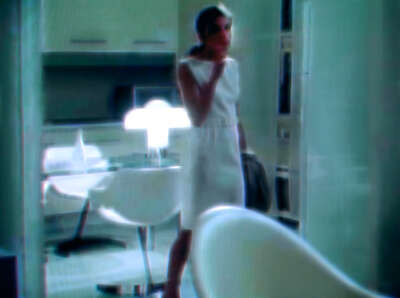

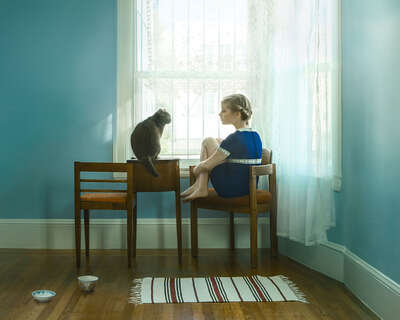

The example of the designer chairs shows why Mid-Century Modern continues to enjoy uninterrupted popularity today. The design is timeless because it dispenses with embellishments. The comfort and ergonomic qualities are unsurpassed, as is the quality of the furniture.
Today, the style is usually encountered in a kind of design ecclecticism: You do not need to have a complete Mid-Century style interior. Well-chosen individual pieces can fit seamlessly into almost any interior. Mid-Century Modern has become a design imperative as much as an historical artifact: at the flea market, in grandma's attic, or online, you can still find wonderful pieces from or inspired by this design era - both vintage and retro.

Since Mid-Century Modern spanned several decades, you can observe a great variety of styles and art movements in art and graphic disciplines. During this time Andy Warhol made silkscreens of soup cans and celebrities. Jackson Pollock created huge neo-expressionist works with his trademark drip and spray technique. At the same time, purely decorative art prints with the so-called atomic pattern were popular, as were coarse ceramics inspired by the architectural style of Brutalism.
Discover which works are suitable for which furnishings or decor styles, and which LUMAS artists have consciously taken up the Mid-Century Modern style.
A great change in the cityscape and the way of life of the people after the Second World War was brought about by "strong" architecture. The American successor to the Bauhaus, "International Modernism", began its triumphal march around the world. In the cities, skyscrapers were built for office space or large residential projects. In the suburbs, modular, affordable single-family homes were built. This was a high water mark of democratic socialist planning across the world. The housing shortage had to be eliminated, and families needed affordable homes of their own to escape the confinement of a multi-generational household. The economic upturn in Europe and America enabled many people to enjoy a comfortable standard of living. Many young families could afford newly built houses with stylish furniture and art objects, and embraced the modern style. It is characteristic of our period that we become aware startingly and in retrospect of the fact that architectural masterpieces were created along the way. Some of these buildings are already 70 years old, but still look like they were built yesterday.
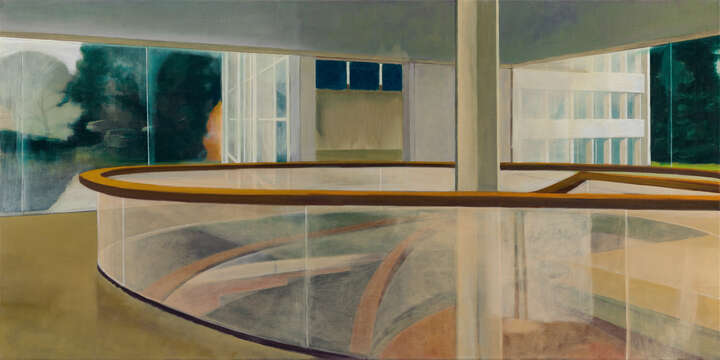
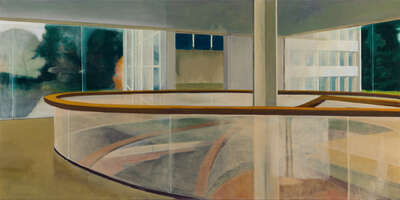

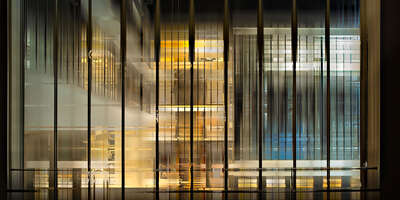
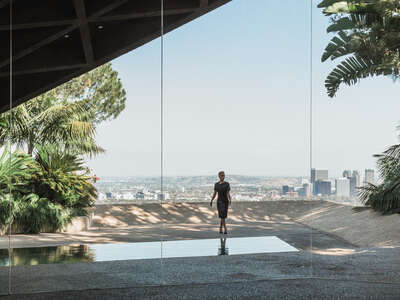

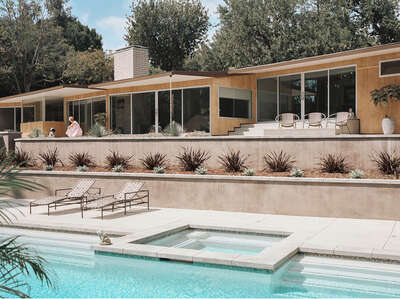

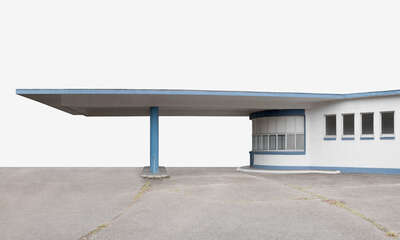

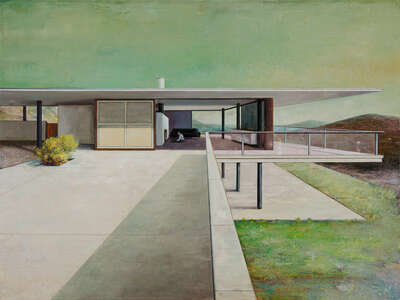

This exciting, timeless architecture continues to engage artists to the present day. Spectacular houses are often used as film sets or for photo shoots with a retro feel. Discover extraordinary architectural photography and Mid-Century Modern art prints in our portfolio.
Stephanie Kloss portrays the Mid-Century Modern architecture of Southern California. Tim Hölscher documents the gas stations of the economic miracle, highlighting their essential features in digital postproduction. Martin Kasper, on the other hand, paints futuristic, unreal interiors in a classic Mid-Century tradition. Sabine Wild abstracts her cityscapes into postmodern expressionist masterpieces. Artists like Kloss, Kasper, and Wild all deal with Mid-Century architecture in their own unique way - find your personal favorites now.
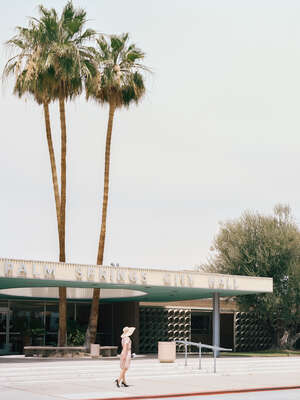

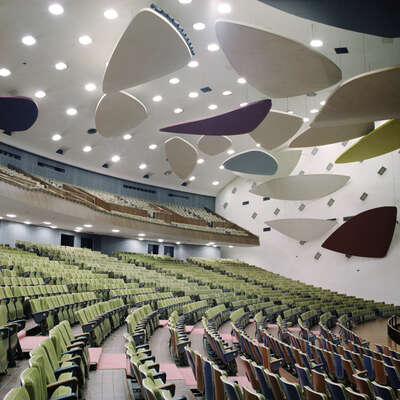

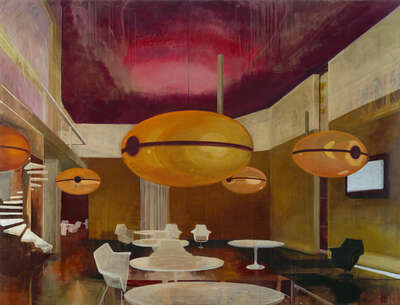



A frequent conceit of 20th century art is that a figurative period is followed by one of increasing abstraction. Starting in the 1950s, artists increasingly relied on an abstract, expressionist visual language. Mark Rothko created his color field painting, and Jackson Pollock completely redefined Expressionism. For decorative art in the domestic space, works were based on styles by forerunners such as Kandinsky, Matisse or Miró. Geometric patterns, earth tones, primary colors or soft pastel shades characterize these works of art. Mid-Century Modern abstract art partakes in these general tendencies to abstraction, while retaining straightforward, fundamental forms and shapes.
In the 60sPop Art was a sensation: daring, colorful, critical of mass consumption and presenting a new attitude towards the individual in society. Some artists worked with collages reminiscent of Dadaism or surrealism. Many artists also turned away from the figurative world, seeking inspiration in the spontaneous and intuitive. Contemplation by the viewer became more important than a sovereignty of interpretation prescribed by the artist. LUMAS artists also play with abstraction and representationalism, in a manner not unlike that of the mid-century artists breaking away from strictly realistic representations.


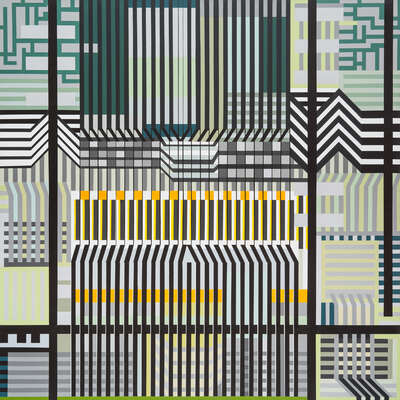

Sephora Venites combines photography and layers of acrylic glass to create a sculptural works of art. The former model draws from fashion photography of the 1960s and references to antiquity to create a skilful mix of styles. Sanda Anderlon combines advertisements and magazine illustrations to create eye-catching collages. Loui Jover puts celebrities like Frida Kahlo or Andy Warhol in the spotlight and captures their creative spirit in his own colorful compositions. His color and formal language recalls Bauhaus-period artworks by Kandinsky or Klee. Manuel Ros works with lines and geometric forms, weaving together a city view or an abstract landscape like a carpet of color. Beatrice Hug invites us to dive into a meditative color study with her lenticular paintings. Using tiny lenses, light is refracted into new colors and a pulsating, psychedelic effect is created. As if through a prism, Maurizio Galimberti captures city views in a mosaic of Polaroid photographs. The result is an abstract, cubist effect that appears to show us all sides at the same time.




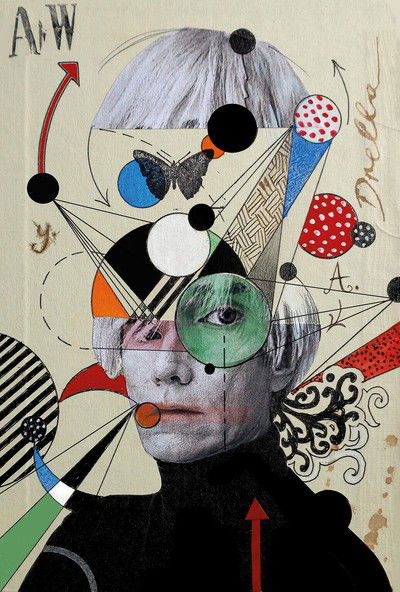

The photographic works of Julia Christe seem airy and dreamy. Only at second glance do you recognize small scenes in her light-flooded landscapes. This restrained look fits perfectly in both vividly decorated apartments and minimalist living rooms. Stylishly staged Kate Shaw landscapes are clearly inspired by Pop Art and psychedelic art. Her nature prints show a completely artificial landscape, consisting of glimmering pastel and neon colors. This colorful interpretation of landscape art is a guaranteed crowd pleaser, especially in contrast with unobtrusive Mid-Century furniture.
Explore our curators' selections of artworks embodying and inspired by Mid-Century Modern and find the right piece of art for your home. Its vintage and retro styling work well in many decor schemes. While all artworks are available in a variety of framing options, our curators recommend an unframed look for these artworks, allowing the full Mid-Century effect to stand out.
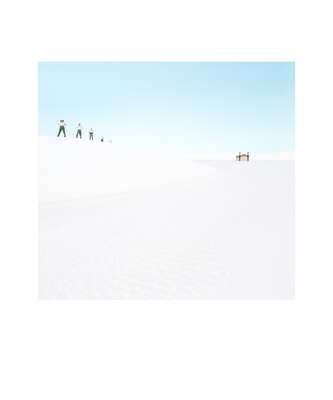



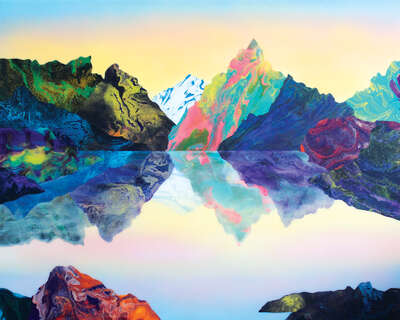

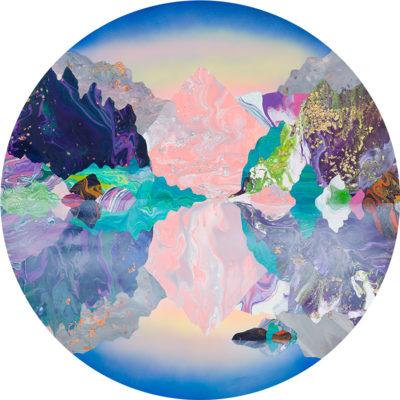

| 1919-1933 | The influence of the Bauhaus movement dictates the development of a modern, functional architecture, furniture and design style. On July 20, 1933, the Bauhaus in Berlin is dissolved under pressure from the National Socialists. |
| 1939 - 1945 | The Second World War briefly interrupts the developments of Bauhaus and Modernism, and European designers and architects flee to the US. There, International Modernism develops as a further evolution of Bauhaus design. |
| 1946-1964 | The generation born in the post-war period are later called Baby Boomers. Mid-Century Modern architecture and interior design responds to the needs of families with many children with high-quality mass-produced goods, boasting organic, childproof design and inexpensive housing and furniture. |
| 04.10.1957 | The first artificial satellite Sputnik 1 is launched into space by the USSR. The space race between the US and the Soviet Union began as early as 1944, with the first rockets reaching heights of over 100 km. This competition for aeronautical superiority would characterize the space age and eventually shape every aspect of the 20th century, including art. Space Age Design and Atomic Patterns reflect this futuristic attitude to life. |
| 1984 | Cara Greenberg coins the term Mid-Century Modern. Her 1984 book Mid-Century Modern: Furniture of the 1950s, gives its name to what we understand today as the architecture, design and art from the 1930s to 1960s. |
| 1989 | The Vitra Design Museum opens in Weil am Rhein. In addition to retrospectives, e.g. on Charles & Ray Eames and Frank Lloyd Wright, leading design and architecture exhibitions can still be seen today. |
Secure your favourite artwork now!
With registration, you agree to our terms and conditions as well as our privacy policy.